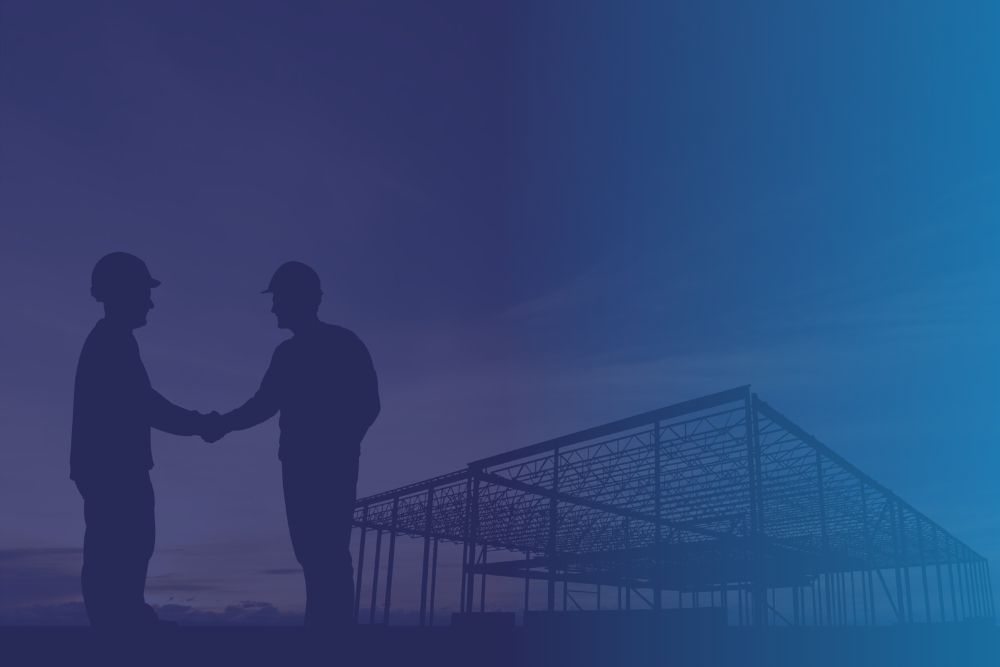At QVAC, we strive to ensure that every site visit is conducted with a clear and structured approach. Here’s what you can anticipate from the moment your appointment is confirmed:
- Preparation Begins Before Arrival
Prior to arriving on-site, our team will confirm the following:
- Access requirements and on-site contact information
- Any necessary permits or Risk Assessment and Method Statements (RAMS)
- Details regarding the existing systems
- Specific concerns or faults reported
This preparatory work ensures that our engineers arrive well-equipped and informed.
- Professional Arrival
Our uniformed engineer will arrive punctually, carrying photographic identification and relevant site documentation. Upon arrival, they will:
- Sign in and complete any required site-specific inductions or permits
- Conduct a daily activity briefing with site representatives, outlining the scope of work for the day and ensuring all parties are aligned on safety protocols and expectations.
- Site Orientation
The engineer will be escorted around the site by the client or designated contact, during which they will discuss:
- The current condition of the system
- Any historical issues or areas of concern
- Access points and service zones
This walkthrough allows us to gather live context before commencing the inspection.
- Comprehensive Maintenance Inspection
We will execute all work in accordance with a bespoke site/plant-specific maintenance plan, developed by our management team in alignment with:
- Manufacturer guidelines
- SFG20 standards
- Client-specific compliance levels or Service Level Agreements (SLAs)
Typical tasks may include:
- Checking and cleaning filters
- Measuring refrigerant pressures
- Inspecting electrical connections
- Testing control panels and thermostats
- Assessing fan operation and condensate drainage
- Collaborative Problem Resolution
A vital aspect of our preventative maintenance approach is addressing any issues identified. If problems arise, we will:
- Log all findings immediately through our digital reporting system
- Capture photographic evidence to ensure transparency
- Highlight any non-compliances or urgent remedial actions with clear, prioritized recommendations
- Clear Communication and Reporting
Before departing the site, our engineer will:
- Provide a verbal summary of the visit and key findings
- Highlight any urgent concerns that require follow-up
A full digital report will then be issued within 24–48 hours, which will include:
- Detailed notes
- Photographic documentation
- Compliance checklists
- Recommended next steps
This report serves as a comprehensive audit trail, ensuring high accountability for all work performed.
Common Issues Detected Early Through Maintenance:
- Blocked or dirty filters impacting airflow and efficiency
- Low refrigerant levels or indications of minor leaks
- Electrical faults, such as loose connections or corroded terminals
- Drain line blockages leading to water ingress
- Faulty thermostats/sensors or control panel settings
- Early signs of fan motor wear or bearing noise
How Customers Can Prepare:
- Ensure access to all HVAC plant areas (e.g., rooftops, risers, communications rooms)
- Inform building occupants of potential noise during testing
- Share any historical issues or concerns with us in advance
- Provide access to service history, if available
- Notify us if a site induction or personal protective equipment (PPE) is required


